Lindar: Rich History and Culture of a Small Town in Istria
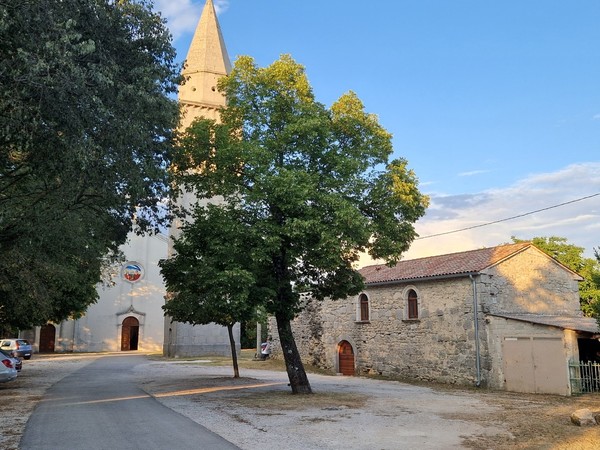
[아츠앤컬쳐] 크로아티아 북서부, 이스트리아의 중심 지역에는 매력적이고 풍부한 역사를 가진 언덕 위의 마을들이 있다. 과거에 중요한 방어 요새였던 곳으로, 바다로 이어진 성벽 위에서 멋진 전망을 감상하고, 풍부한 역사 속에서 현지 주민들의 따뜻한 환대와 지역 요리를 맛보며 유쾌한 하이킹과 자전거 여행을 즐길 수 있다.
그 중에 이스트리아 중부 언덕 위 전략적인 위치에 자리한 작은 마을 린다르에는 선사시대부터 사람이 거주해 왔다. 가장 오래된 지역인 포르테카는 히스트리 언덕 요새로 여겨진다. 1283년에 처음 언급된 린다르는 이후 파진 영지의 일부가 되고 고리치아 백작과 합스부르크 가문이 소유했다. 그 중심에는 르네상스 양식의 주택과 단순한 전통 가옥들이 자리 잡고 있다.
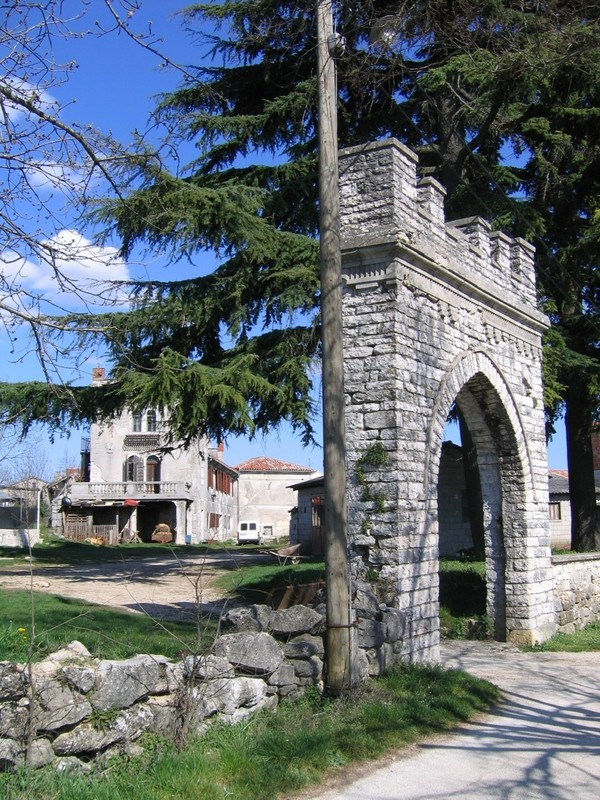
주민 수백 명이 거주하는 린다르는 풍부한 역사와 문화가 두드러지며, 4 개의 유명한 교회로 대표된다. 1615년 린다르성(포르테카) 자리에 세워진 모호르성과 포르투나투스 본당 교회에는 세 개의 본당, 18~19세기 5개의 제단, 그리고 1604년의 성수대가 있다. 교회는 1860년에 개조되었으며, 1906년에 30m 높이의 종탑이 추가되어 린다르의 스카이라인을 멋지게 그려낸다.
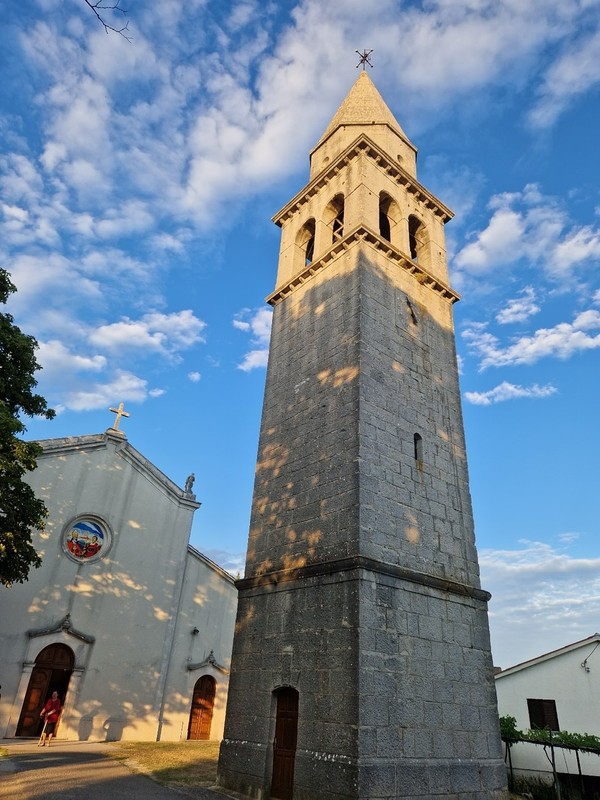
14세기에 세워진 성 캐서린교회는 마을 입구에 위치하며, 1409년의 살아있는 십자가를 포함한 고딕 양식의 프레스코화를 자랑한다. 1559년에 지어진 성 세바스찬교회의 정면에는 라틴어와 글라골 문자로 된 이중 언어 비문이 새겨져 있다. 가까운 곳에 위치한 작은 로마네스크 양식의 성 마틴교회에는 1588년의 글라골 비문이 있다. 린다르는 슬라브 문자 중 가장 오래된 글라골 문자를 보존하고 있는 곳으로, 이러한 유산은 교회 내부의 석조 비문과 성 캐서린교회의 프레스코화에 새겨진 낙서에서 확인할 수 있다. 또한 1590년~1667년의 본당 기록이 글라골 문자로 신중하게 작성되었다.
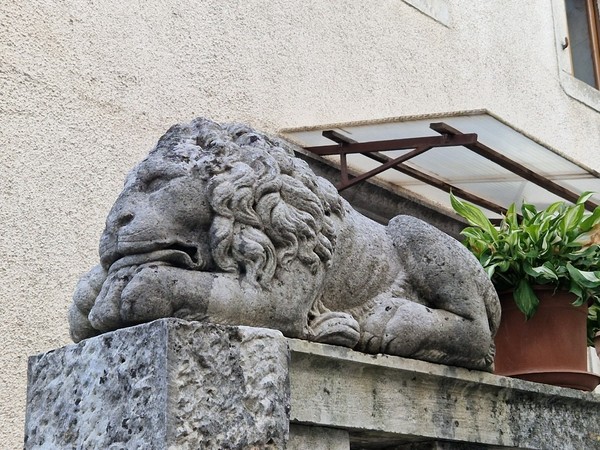
르네상스 건축 양식은 린다르에도 영향을 미쳤으며, 그 대표적인 예로 바사 가문의 빌라가 있다. 성 캐서린 교회 근처에 위치한 이 빌라는 톱니 모양의 꼭대기와 입구의 거대한 아치가 특징이다. 건물의 정면에는 성 마르코의 사자의 소박한 석조 부조가 있다.
1883년 린다르에는 이스트리아 중부에서 민족 계몽과 문화적 진보의 초석이 되는 최초의 크로아티아 독서실 중 하나가 설립되었다. 이 독서실은 책, 신문, 잡지를 제공하며 토론, 콘서트, 공연을 개최하였고, 제1차 세계대전 때까지 거의 100개의 독서실이 설립되어 지식인, 소도시 주민, 심지어 농민들을 위한 만남의 장소가 되어 지역사회를 풍요롭게 했다. 많은 곳에 도서관, 합창단, 음악 그룹이 있으며 주요 문화 센터로 자리 잡았다.
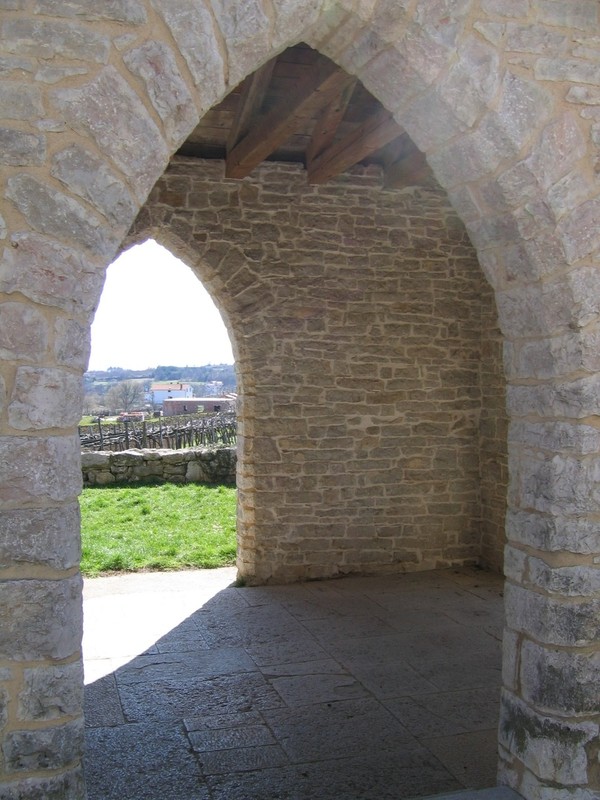
이 매력적인 이스트리아 반도에서 가장 중요한 축제 중 하나는 매년 7월에 열리는 성 모호르 축제다. 17세기로 거슬러 올라가는 이 전통은 린다르 주민과 방문객이 함께 모여 음악, 노래, 춤으로 축하하며 친절한 지역 주민들이 대대로 내려온 조리법으로 맛있는 요리와 와인을 제공한다. 이스트리아를 방문한다면 따뜻한 주민들이 환대하는 이 매력적인 마을을 놓치지 말기 바란다. 아름다운 추억을 안고 떠나면서 평생 머물고 싶은 마음이 들 것이다.
이 글을 린다르 출신의 사랑하는 저의 어머니, 마리야 유고바츠(Marija Jugovac)에게 바친다.
번역 주한 크로아티아 대사관 양지윤
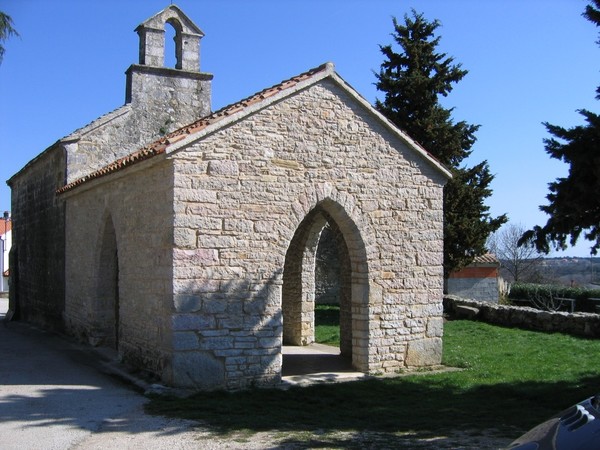
Lindar: Rich History and Culture of a Small Town in Istria
In the northwestern part of Croatia, in the central region of Istria, tourists have the opportunity to visit a series of picturesque hilltop towns, each with its own fascinating and rich history. In the past, these towns served as fortresses with important defensive roles, but today, visitors can enjoy breathtaking views from their walls stretching all the way to the sea, immerse themselves in rich history, savor the hospitality of the wonderful locals, indulge in the regional cuisine, and enjoy delightful hiking or cycling excursions.
One such place is the small town of Lindar, situated on a hill in the central part of Istria. Thanks to its strategic location, Lindar has been inhabited since prehistoric times. The oldest part, known as Forteca, is believed to have been a Histri hillfort. First mentioned in 1283, Lindar later became part of the Pazin County estate and was owned by the Counts of Gorizia and the Habsburgs. Its center features Renaissance houses and simple traditional houses.
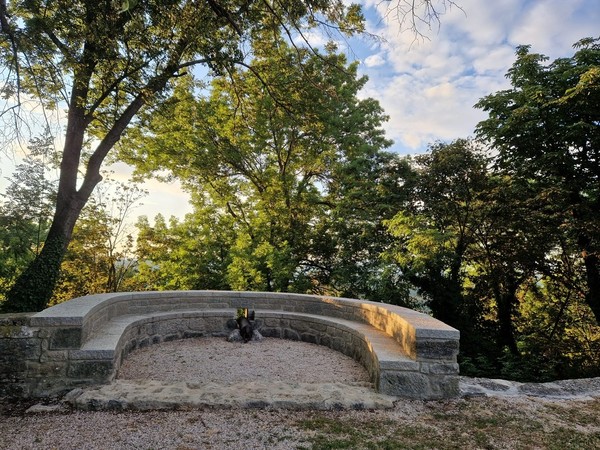
With just a few hundred residents, Lindar stands out for its rich history and culture, marked by four notable churches. The Parish Church of St. Mohor and Fortunatus, built in 1615 on the site of the former Lindar Castle (Forteca), features three naves, five 18th- and 19th-century altars, and a 1604 holy water font. The church was renovated in 1860, and its 30-meter bell tower was added in 1906, becoming a defining feature of Lindar’s skyline.
The 14th-century Church of St. Catherine, located at the village entrance, features Gothic frescoes, including The Living Cross from 1409. The Church of St. Sebastian, built in 1559 has a bilingual Latin and Glagolitic inscription on its façade. Nearby, the small Romanesque Church of St. Martin, holds a Glagolitic epitaph from 1588.
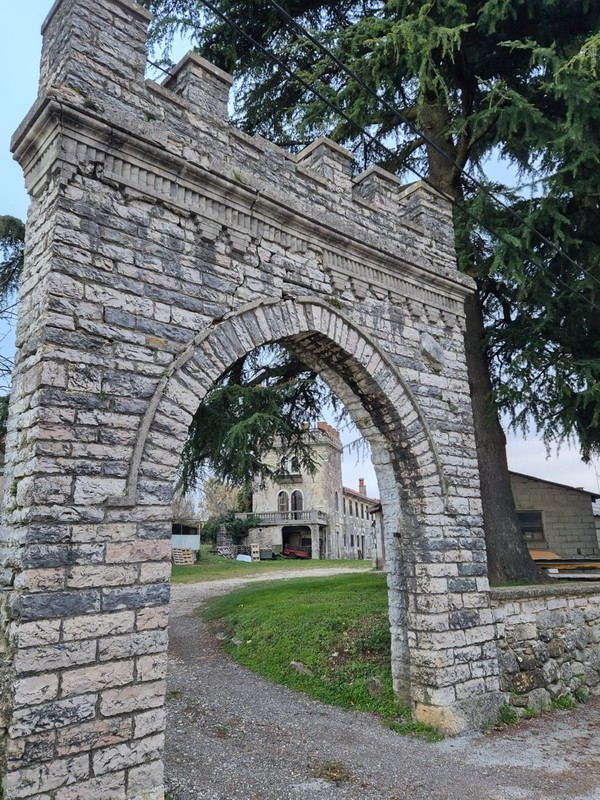
Lindar also has a strong connection to the Glagolitic script, the oldest Slavic alphabet. This heritage is evident in stone inscriptions within its churches and graffiti on frescoes in the Church of St. Catherine. Parish records from 1590 to 1667 were also carefully written in Glagolitic script.
Renaissance architecture influenced Lindar, with the Baxa family villa as a prime example. Located near the Church of St. Catherine, it features a crenellated top and a monumental arch at the entrance. The façade is adorned with a rustic stone relief of the Lion of St. Mark.
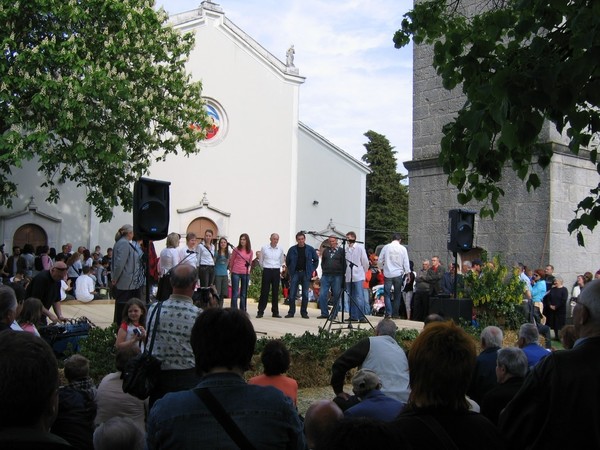
In 1883, Lindar became home to one of the first Croatian reading rooms in central Istria, a cornerstone of national enlightenment and cultural progress. These institutions promoted reading and culture, providing access to books, newspapers, and magazines, while hosting discussions, concerts, and performances. By the time of World War I, nearly a hundred reading rooms had been established, serving as meeting points for intellectuals, small-town residents, and even farmers, enriching communities across the region. Many also had libraries, choirs, and music groups, becoming key cultural centers.
One of the most significant celebrations in this charming Istrian town is the feast of St. Mohor (Mohorova), celebrated every July. Dating back to the 17th century, this tradition brings Lindarians and visitors together to celebrate with music, singing, and dance, while the hospitable and gracious locals invite guests into their homes to enjoy delicious dishes and wine, including those made from generations-old nona recipes. If you're in Istria, don’t miss this delightful town with its warm-hearted people—you’ll leave with beautiful memories and a desire to stay forever.
This article is also a tribute to my mother, Marija Jugovac, a beloved Lindar woman.

글 Loreta Bertosa-Kusen
Minister Plenipotentiary
Embassy of Croatia, London

